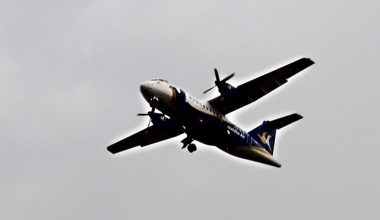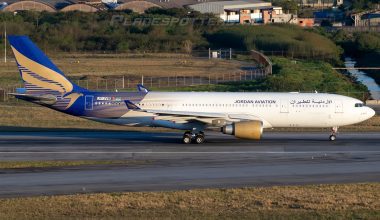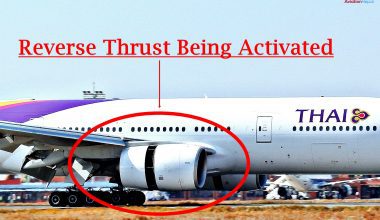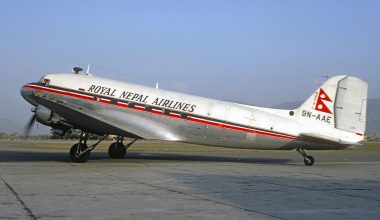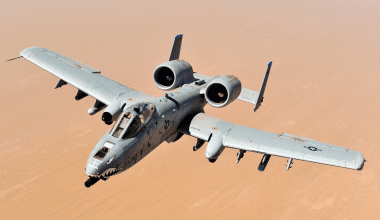The two remarkable aircraft, Boeing 747 and Airbus A-380, are the true icons of long haul flights. They are the marvel of modern aviation engineering. The invention of these iconic quad engine jets have led to the expansion of the hub airports and made long haul journey comfortable for travelers. However, because of their incompetency in today’s aviation market, their production is scheduled to be halted in the near future.
The Boeing production, Boeing 747, soared in the sky over years, proudly being the undisputed queen of the sky, since its introduction in the 1970s. After facing ups and downs from the 70s fuel crisis to today’s travel downturn due to the corona pandemic, the jumbo jet remains one of the best-selling passenger planes.
US airplane manufacturer, Boeing, plans to end production of 747 jets in 2022, retiring iconic passenger aircraft after over 50 years of its service in the midst of coronavirus comprising crisis in the aviation sector.
The Airbus A-380, the world’s largest passenger aircraft, manufactured by Airbus Company, which entered service in 2007, also plans to halt its production only after its short journey. The plane ended the monopoly of Boeing in a long haul flight by overthrowing the Boeing 747 as the world’s biggest passenger plane. Airbus faced the problem of less order lately that also forced them to stop the production of their marquee plane, which was once called the future of flight. Europe-based Boeing commercial rival Airbus announced the ending of production of its flagship model, the A-380, by 2021.
Such large planes are becoming increasingly unprofitable for airlines to operate with the rising fuel cost and high maintenance cost in the present time, while smaller planes are providing more turnover with less capital investment.
The latest impact of the corona virus pandemic fueled the retirement of big jets due to the downfall of travel. Many Airlines are retiring 747s and A-380s from their fleet to cut losses. The reality is that the pandemic influence on the aviation industry continues to be acute. There is no certainty when the aviation sector will return to normal.
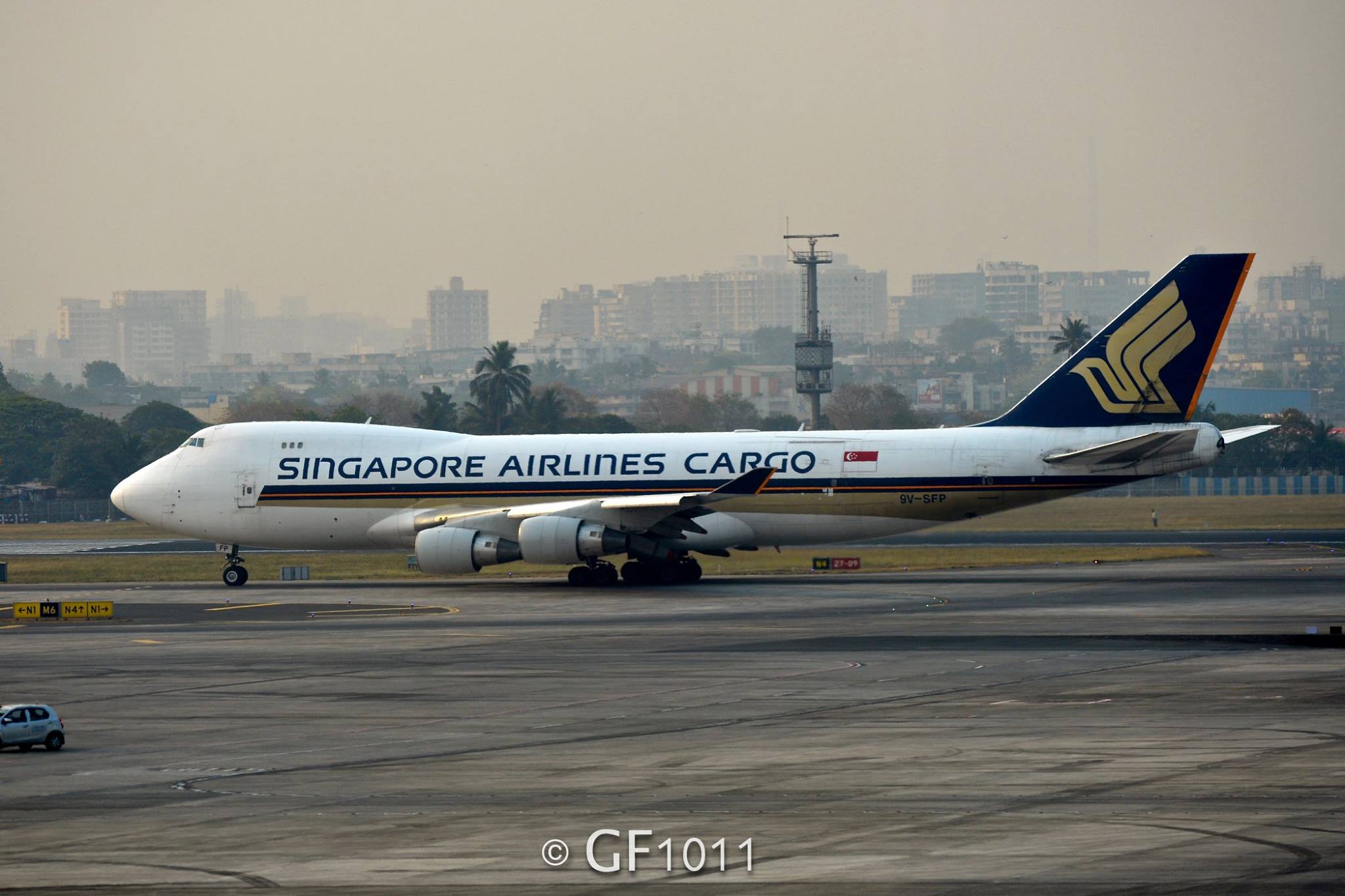
At one time, their capacity was presumed to be their biggest advantage. Most of the World’s Major Airlines suggested the demand for larger aircraft to cope with growing traffic and congestion. But, ironically, Airlines are considering canceling pre-ordered planes since they are being too expensive to fly and maintain in today’s time with less flying demand due to ongoing pandemic.
The changing air travel demand has led to an end in the production of these giant planes in the coming years. However, we will be blessed to see these beautiful birds soaring high in the sky during their service life. The glorious history of these aviation giants will forever be cherished by aviation lovers.
The large aircraft instead became a victim of the desire of their manufacturers to build new aircraft to be doing the job cheaper and more effectively than the behemoths they always believed.
Quad Engine
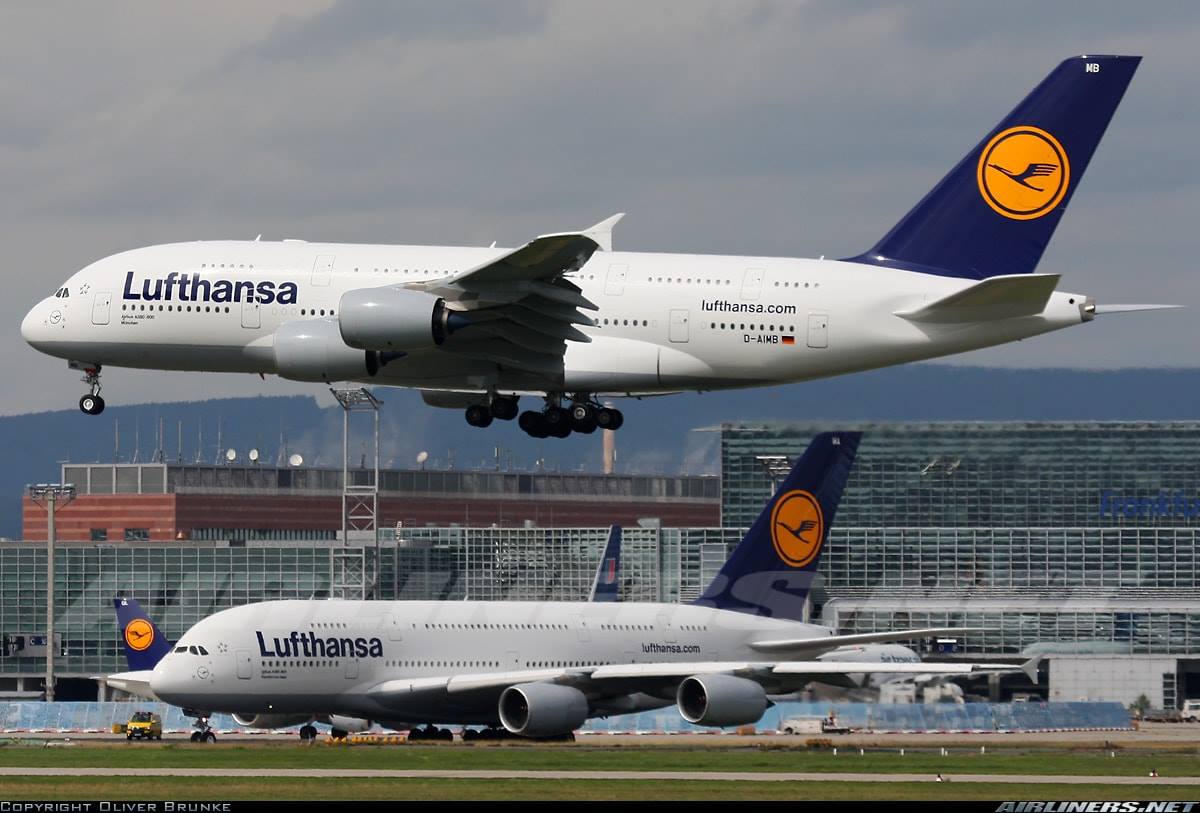
Efficient, twin-engine aircraft is now that all the demand amongst airlines with both the variants of the Boeing 787 Dreamliner and Airbus A350 XWB succeeding their counterparts as flagships of the fleets due to their lower physique. Having four engines means no longer how it used to be and airline companies realize that they’ll get by with smaller.
The Boeing 747 once introduced nonstop routes that were formerly inoperable and now, as per Airbus, the 787 and A350 share a number of the roles on the list of the world’s longest flights with either possessing a peak range larger than that of the latest 747.
Furthermore, air carriers no longer require three- or four-engine aircraft to traverse the Atlantic. With aircraft as small as the Airbus A318 having made an almost daily oceanfront journeys between New York and London even before epidemic.
At the other hand, the biggest Airbus A350 XWB and Boeing 787 Dreamliners are affordable to buy for $366.5 million and $338.4 million, respectively.
Less Flight
This would potentially fly two instead of one flight between Los Angeles and Sydney, which lure consumers who prefer a flexible timetable.
The A380 had been developed by Airbus to accommodate as many passengers as possible so airlines could operate fewer flights. Airlines may save money rather than running several flights between two cities by running only one A380 flight and plugging as many travelers into one aircraft.
However, what that should have meant was fewer flights and less convenience for passengers who may not want to focus on only one flight per day.
Elegance cost
The amazing overabundance of the interior on both jets launched up endless possibilities for air carriers that began in the early days of 747 when whole portions became social areas and lounges. Many airlines follow the pattern nowadays, including Etihad Airways, Qatar Airways, Emirates, and Korean Air each delivering luxury passenger bars and lounges on board it’s Airbus A380s.
United, Qantas, and Air France also decided not to feature first-class cabins on the A350 and Dreamliner aircraft despite getting them on their quad-engine aircraft but rather preferred for bigger first-class cabins or more luxurious first-class suites.
Cargo aircraft more productive than passenger
Apart from the Boeing 747, the freight carriers that will maximize the use of any inch of space the aircraft has to deliver will maintain its legacy. Both UPS Airlines and the Volga-Dnepr Corporation, all freight carriers, are expected to take delivery of the ultimate 747-8 over the next 2 years when commercial airlines switch their focus to the new Boeing 777X the dual-engine.

The changing air travel demand has led to an end in the production of these giant planes in the coming years. However, we will be blessed to see these beautiful birds soaring high in the sky during their service life. The glorious history of these aviation giants will forever be cherished by aviation lovers.



